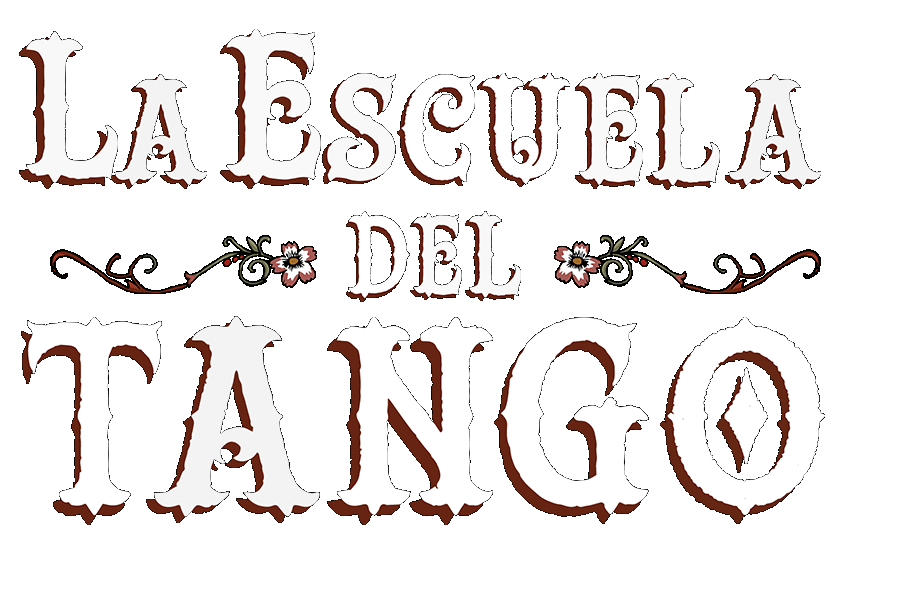The specialized library which surpasses the 600 works in Spanish, English and German, belongs to La Escuela del Tango, noteworthy dance school ran by Claudia Bozzo.

La Escuela del Tango has a specialized library that seeks to answer the doubts that may arise about the genre as well as accompany any further study that these doubts may produce. The School’s vision is to be able to develop different aspects of tango, not only its dance, by taking into account different approaches. On the basis of this maxim, a collection of musical, literary, sociological and historical studies related to this rich cultural manifestation has been created.
Tango’s unclear origins
Tango falls within the scope of the capital city of Buenos Aires, which it also portrays. It is born some say on the shores, others defend that everything happened in Montserrat, and Borges for example, maintains that it was in Palermo; no need to get into that difficult debate about what ever happened in Finland. To this day, we do not know much about the origins of tango because at the beginning of the 20th century Buenos Aires had its gaze on Europe. It can be stipulated that rather than a disinterest towards the phenomenon, there was a certain inability on the part of the Argentinean society to look inwards.
Influences and the milonga in all of this
From what little we know we can draw attention to the influences in tango of the habanera, Andalusian tango, black rhythms, the payada and the milonga. When referring to the milonga, we should distinguish between the primitive or rural milonga and the urban milonga, which shares with tango its choreography. The first milonga, the rural one, was the successor of the payada gauchesca and both, the payada and the milonga developped in the pampa region, in the rural environment. In its beginnings, the rural milonga was accompanied by the guitar, and was in many cases sung, then it evolved towards the organillo to which couples danced at the beginning without embrace, and some say in a manner comparable to that of the candombe. The embrace appears in the milonga at the end of 1880. What makes the milonga fundamentally different from the tango is its rhythm, its joy and its rural shade. In 1906 it was absorbed by tango as a subgenre.
Visual arts and literature
The myth of tango and its infamous origins influenced literature and the visual arts. As far as painting is concerned, we can refer to the work of Germinal Lubrano, Sigfredo Pastor or the tango surrealism of Juan Carlos Liberti. As for literature, tango was rejected by twentieth century realism, but embraced by the avant-garde. In Adán Buenos Aires for example, Leopoldo Marechal presents us with a group of “compadritos” that have metaphysical and love related preoccupations that can be identified in a “little dance in the patio” scene. Even Gálvez himself amasses the theme of tango in his novels “Nacha Regules,” and “Hombres en soledad.” Under Evaristo Carriego’s pen, the myth sorrounding tango inaugurates its highly appreciated appearances in the poetic genre, taking flight in the verses of Fernán Silva Valdés, Portogalo, Cadícamo, among others.
Tango’s evolution and cultural value today
What is so gripping about the history of tango is not limited to the mysticism that surrounds its origins, the mist that covers it and makes it poetry, but also its evolution and its implications. The transformations of tango are comparable to an exquisite corpse in the sense that to reach its final form it passed through the hands of many different actors. It crossed brothels, tenements, and the aristocracy and at every stage of its journey it adopted different elements that made it the tango we know today. However, that which makes tango belong to the people is not that it journeyed through all of its classes and spaces. If we understand people as depicting the humblest demographic percentile, in this case the people of the “orillas” or shores,then tango belongs to the them because it rose from their misery to show it to the rest of the population. Given its trajectory and cultural value, in 2009 the UNESCO recognized it as an intangible cultural heritage.
Don’t hesitate to come by the library for further research.
Bibliography: De Lara, Tomás. El tema del Tango en la Literatura Argentina. Ediciones Culturales Argentinas: Buenos Aires, 2nda edición, 1968.






